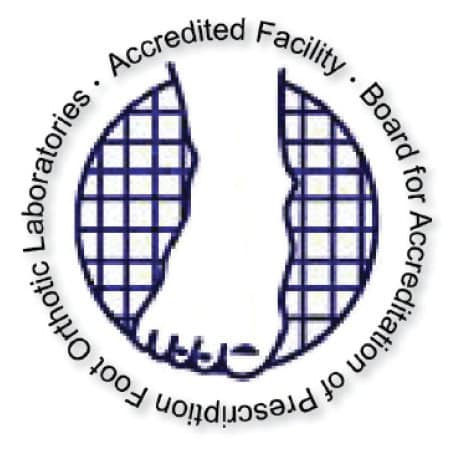Many people believe that foot orthotics weaken the muscles of the ankle and foot. The opposite is true! The role of orthotics is to stabilize and support the feet; this may lead one to believe that muscle tone is weakening since the feet are still supported. However, studies have shown the opposite.
What are foot orthotics used for?
First and foremost, it is important to understand the purpose and operation of foot orthotics . Custom-designed, orthotics stabilize, support and realign the lower limbs of the body. The corrections adapted to your unique pathology will adequately distribute the loads under your feet. Overall, they improve posture, increase comfort, reduce muscle fatigue, improve foot function and reduce the risk of injury or pain.
They can also correct dysfunction or relieve a variety of different pathologies, such as plantar fasciitis, Achilles tendonitis, hallux valgus, pes cavus, shin splints, flat feet, Morton’s neuroma and more.
What are the effects of foot orthotics on the muscles?
By ensuring optimal biomechanical alignment, muscular performance is improved. Foot orthotics help prevent overloading of tension on certain muscles. Moreover, they will play a role in the aging of the joints and the quality of life. For athletes or workers, they can play a key role in recovery after physical exertion and reducing risks and injuries.
Foot orthotics activate nerve receptors in the skin. By generating better sensitivity in the foot, you will notice an improvement in reflexes. If you want pronounced muscle improvement, ankle or foot exercises would be an excellent complement.
Moreover, the orthotics and the muscles of the foot work alternately. When walking, the majority of the work of the orthotics is carried out when the foot is placed on the ground; or from the moment the heel is deposited to the toes. The work of the muscles, for its part, is mainly done when we lift the foot; either from the moment the heel is lifted until the moment the toes leave the ground. Thus, the orthotics don’t work against the muscle, but parallel to it. In this way, orthotics provide support and guidance towards good alignment. Each person adapts to orthotics differently. Work, activities, pace and lifestyle will all influence results.

How can I ensure my muscles are best supported?
-
Wear suitable shoes. Incorrect shoes for your foot will counteract the beneficial effects of the orthosis or worsen poor posture.
-
Follow the progressive break-in process. Starting too quickly could cause some pain or soreness.
-
Following the adaptation period, wear the orthoses daily and even around the house.
-
Follow the established treatment plan and the recommendations of your doctor or foot specialist.
-
Do foot, ankle and lower limb strengthening exercises.
-
Talk to your your foot doctor or specialist about any changes or discomfort.




